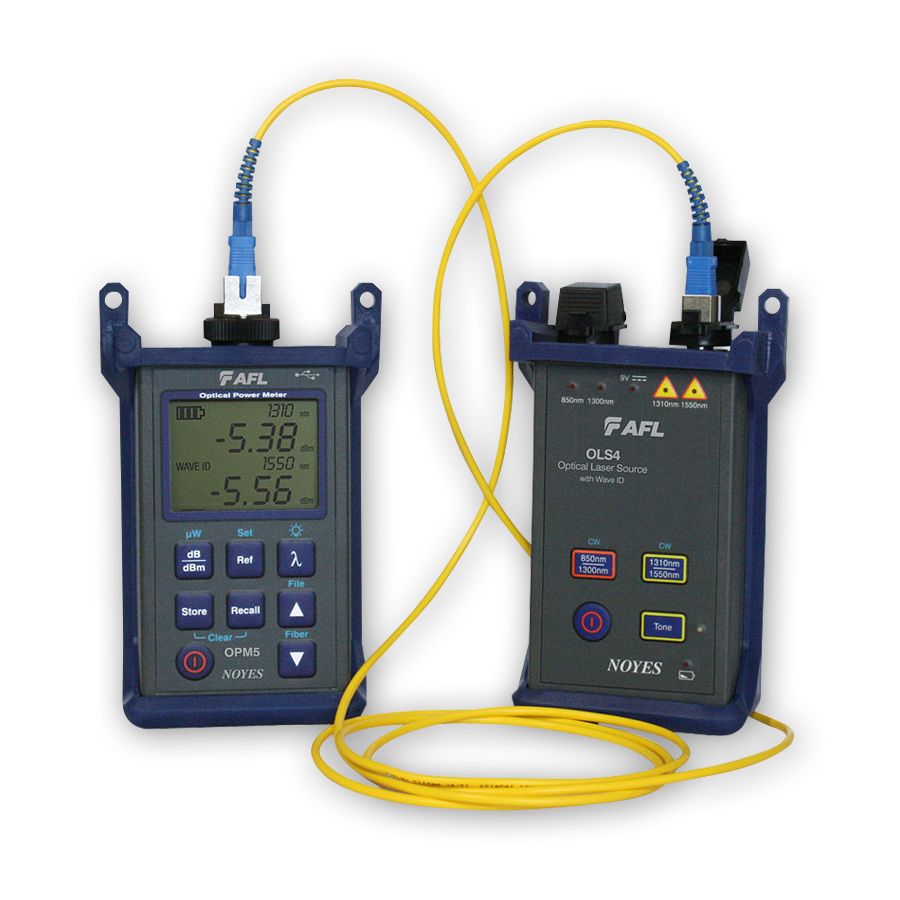All You Required to Understand About Robotic Vision and Its Applications in Advanced Optical Measurement Systems
Robotic vision stands for a considerable advancement in the junction of computer system vision, man-made knowledge, and device understanding. This innovation enhances the precision of optical measurement systems, allowing real-time information analysis and enhanced quality assurance. Its effect covers several fields, from manufacturing to health care. The progressing landscape of robot vision raises questions regarding future abilities and applications. What innovations exist ahead in this transformative area?
Understanding Robotic Vision: Trick Concepts and Technologies
Robotic vision includes the technologies and methods that make it possible for devices to translate and recognize visual info from their environment. This area integrates components of computer system vision, expert system, and maker learning to assist in automated decision-making based on aesthetic data. Key ideas include photo processing, which includes the improvement and evaluation of photos to remove significant functions, and object recognition, which allows machines to recognize and classify items within a scene.

The Integration of Robotic Vision With Optical Dimension Solutions
As markets progressively require accuracy and performance, the combination of robotic vision with optical dimension systems has emerged as a transformative strategy. This harmony permits robotics to view and translate their surroundings, boosting the ability of optical dimension systems to analyze and evaluate items with exceptional precision. By gearing up optical sensing units with sophisticated imaging innovations, robotic vision allows real-time data collection and handling, facilitating immediate changes to measurement criteria.
Furthermore, the mix encourages automated systems to find variations in dimensions, surface area top quality, and placement, which are important in quality assurance processes. Boosted algorithms, such as artificial intelligence, additional increase this assimilation by enhancing the systems' ability to adapt to various environments and circumstances. As a result, the integration not only improves measurement processes but additionally decreases errors, ensuring that items meet stringent industry standards, thereby solidifying the function of robotic vision in the future of optical dimension systems.
Applications of Robotic Vision in Production
In modern production settings, using vision systems has actually reinvented production processes by making it possible for equipments to perform jobs with remarkable precision and rate. Robotic vision systems are increasingly employed for high quality control, where they evaluate items for issues and guarantee adherence to specs. These systems utilize cams and progressed formulas to examine products in real-time, significantly reducing the threat of human error.
In addition, robotic vision assists in automation in assembly lines, permitting robotics to accurately determine parts and construct them with minimal downtime. This innovation additionally improves inventory administration, as vision systems can monitor supply degrees and detect discrepancies, assuring a smooth supply chain.
Robotic vision help in the execution of smart manufacturing facilities, where information from vision systems can be integrated with various other modern technologies to enhance process (optical measurement system). Generally, the applications of robotic vision in manufacturing demonstrate its critical role in boosting efficiency, top quality, and productivity throughout different sectors
Robotic Vision in Healthcare: Transforming Patient Care

In recovery, robot vision help in monitoring individual development and customizing treatment sessions to private requirements. It sustains doctor by automating tasks such as data collection and client surveillance, allowing for more time to focus on straight person interaction. In addition, robot vision enhances telemedicine by allowing remote medical diagnosis and online consultations, linking the gap in between clients and doctor. On the whole, the application of robotic vision in healthcare is reinventing individual treatment, resulting in enhanced results, efficiency, and individual contentment.
Future Patterns and Advancements in Robotic Vision Technology
The quick development of robotic vision modern technology promises to even more boost its applications across view it now numerous sectors, consisting of medical care. Future patterns suggest a significant change towards including artificial intelligence and artificial intelligence, allowing systems to pick up from substantial datasets and boost precision gradually. Boosted sensing unit modern technologies and deep understanding algorithms are expected to refine things acknowledgment capabilities, allowing robotics to analyze complicated atmospheres better.

The combination of increased reality (AR) with robotic vision will likely transform exactly how robotics help in surgical procedures and diagnostics. This synergy will promote real-time data visualization, improving decision-making processes. Additionally, miniaturization of parts will certainly result in even more compact and flexible robot vision systems suitable for a variety of jobs. As these developments unravel, sectors will certainly witness enhanced automation and effectiveness, strengthening robotic vision as a foundation of ingenious technological options.
Often Asked Inquiries
What Are the Main Elements of a Robotic Vision System?
The primary components of a robotic vision system include video cameras for picture capture, cpus for information analysis, algorithms for analysis, and actuators for movement. Together, these aspects make it possible for robots to regard and connect with their setting successfully.
Exactly How Does Robotic Vision Improve Precision in Measurements?
Robotic vision boosts measurement accuracy by Continue using advanced imaging innovations, allowing specific item discovery and spatial evaluation. This ability lowers human mistake, raises repeatability, and permits real-time modifications, inevitably boosting overall measurement dependability and performance.
What Industries Benefit Most From Robotic Vision Innovation?
Various markets profit significantly from robot vision technology, including manufacturing, healthcare, farming, and logistics. These sectors utilize boosted precision, performance, and automation, resulting in enhanced performance and reduced operational expenses in their corresponding procedures.
Can Robotic Vision Solutions Operate In Low-Light Conditions?
Robotic vision systems can undoubtedly function in low-light conditions, making use of sophisticated sensing units and algorithms to boost image quality. This ability permits them to perform successfully in various settings, consisting of commercial and surveillance applications, even with very little lighting.
What Are the Expenses Related To Carrying Out Robotic Vision?
The prices connected with carrying out robotic vision differ considerably, affected by parts such as electronic cameras, software application, and integration. Additional expenses include upkeep, training workers, and prospective upgrades to existing systems, which can collect gradually.